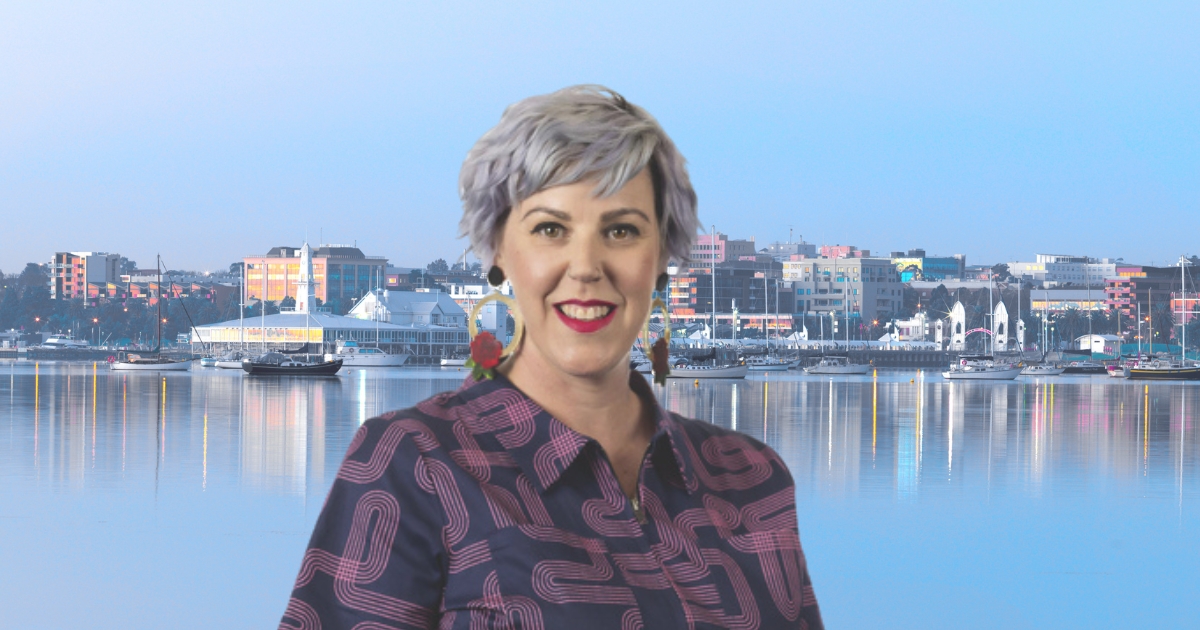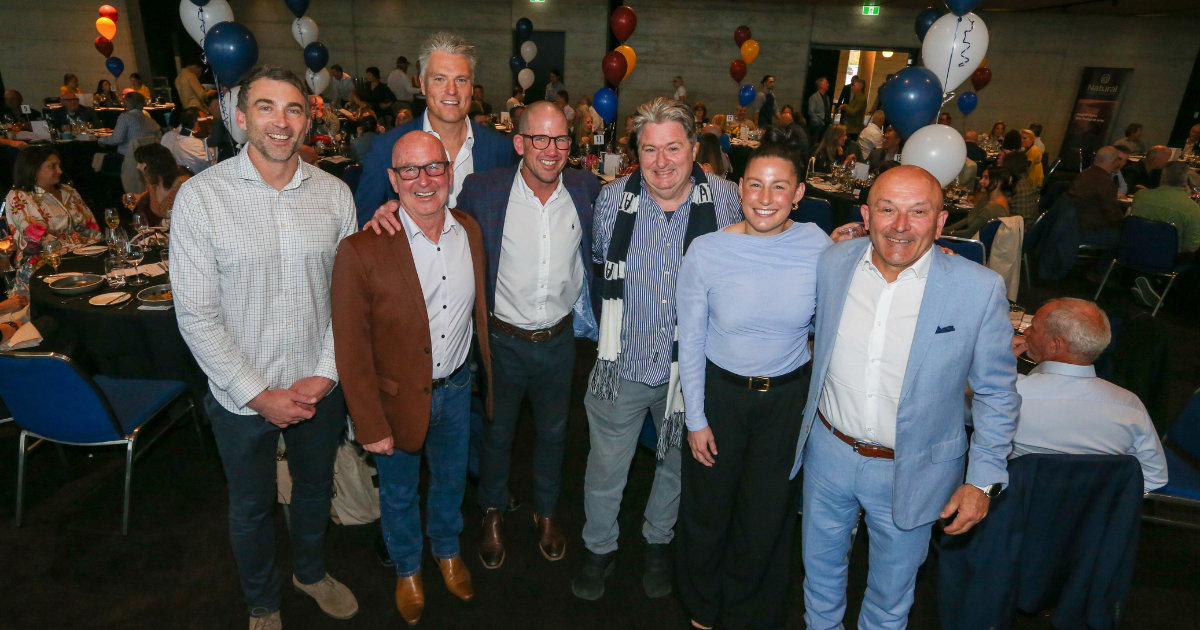The homeless need help
ON ANY given night in Greater Geelong, more than 1,500 people are experiencing homelessness.
Between 2016 and 2021 the number of people experiencing homelessness doubled, and we estimate this to have increased even further since then.
These are harrowing figures, and something we must work hard to change urgently.
This Tuesday we released the joint research report Home Truths: Local Insights into Homelessness, to coincide with Homelessness Week, which aims to raise awareness about homelessness and encourage action to address it.
The Home Truths report gives us the insights to do just that – to tackle this serious issue head on and drive positive change to achieve long-term solutions.
Throughout the 2023-24 financial year, 4,604 people received support for homelessness within Greater Geelong.
Of these, 44 per cent were survivors of family violence – the leading cause of homelessness for women and children in Australia.
Before I worked in family violence, I thought I understood the connection between gendered violence and housing insecurity.
I wasn’t prepared for how confronting it would be.
Women who escape often have no assets, no superannuation, and no legal recourse, as they’ve been cut off from the workplace and isolated from support. It’s no wonder the only available option is often a refuge or specialist homelessness service.
Financial abuse also deserves mention—it is deliberate, designed to control and isolate, and remains a poorly-recognised yet pervasive form of violence.
Even women who haven’t experienced family violence are at increased risk of homelessness.
On average, women earn less and often miss out on superannuation during key career years due to caregiving responsibilities—making them especially vulnerable after a marriage breakdown.
This is why women over 55 are the fastest growing group experiencing homelessness.
Women are not the only vulnerable group – in Greater Geelong First Nations people make up 12 per cent of those experiencing homelessness, while nine per cent were young people presenting alone.
In response to these insights, the Home Truths report identifies five key areas for improvement: Housing and accommodation, Funding and resourcing, Flexible service models, Collaboration and information sharing, and Prevention and early intervention.
The report also makes several recommendations, including:
Funding vulnerable communities and needs by increasing support for First Nations-led initiatives and individuals facing challenges like trauma, addiction or disability
Creating a live housing and homelessness data dashboard to track needs, availability and government responses
Advocating for reform in funding policy by considering systemic investments, such as a small Medicare levy to fund housing and support services
Investing in public education and awareness campaigns to provide information about available supports and improve community understanding.
While the City doesn’t provide a direct housing or emergency service, we continue to maintain strong relationships with the sector.
Earlier this year, we re-established the City-led Greater Geelong Homelessness Working Group, bringing together Victoria Police, the Salvation Army, government departments and more than a dozen support agencies.
Home Truths will be a vital resource for this group, which is why we co-funded this important report alongside Anthony Costa Foundation, Geelong Community Foundation, Geelong Connected Communities and Give Where You Live Foundation.
In May, Council also approved the granting of a long-term lease for social housing at 116–120 Purnell Road, Corio.
The community has role to play too, and I urge anyone who wants to help to read our Homelessness Fact Sheet at: geelong.link/socialhousing
However, these actions are only going to scratch the surface. Federal, state and local governments all need to work together with our community to address one of the most significant challenges of our generation.
I’d also like to leave you with one final thought about the stigma around people experiencing homelessness.
As cost-of-living pressures increase, the face of homelessness is shifting in Australia – about 17 per cent of people experiencing homelessness are employed, and that percentage is growing.
So next time you see someone sleeping rough, imagine how easily that could be you or
someone you love.
Cr Emma Sinclair
Charlemont Ward,
City of Greater Geelong


















